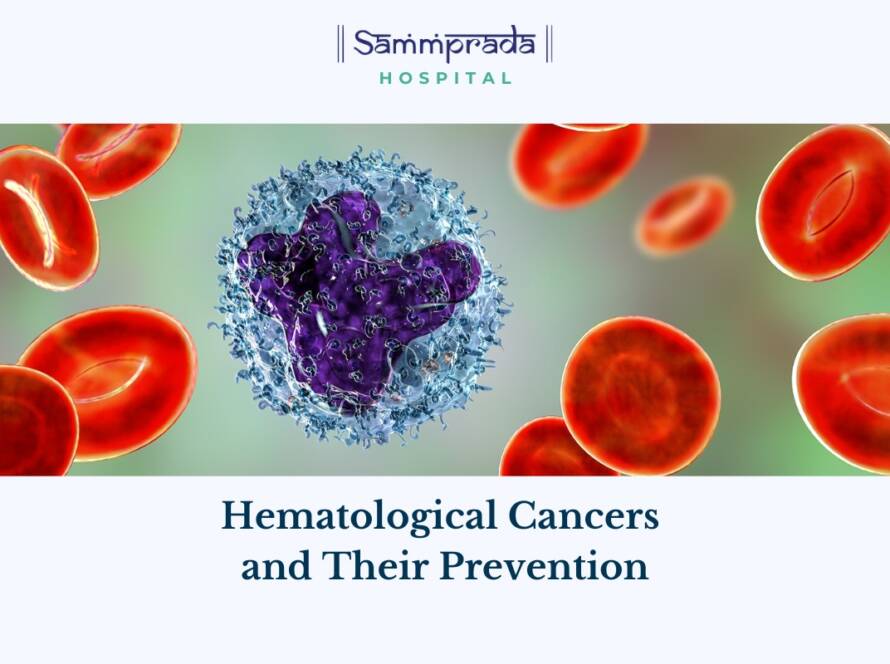Improving the coverage of vaccines could reduce the burden of vaccine preventable diseases (VPD) among adults. The Covid experience was an example of how adults become vulnerable during an epidemic/pandemic. The adult population lacks previous immunization, waning of immunity ensues, and other age-related factors (e.g., chronic conditions) place them at high risk of infections. The proportion of adults perishing due to VPDs is 350-fold higher when compared with the corresponding data from children. Adult vaccination strategies have the potential to reduce healthcare costs resulting from severe forms of illness and are particularly important in the Indian context.
The Economic Impact of Adult Vaccination
Evidence shows that influenza causes a ~50% mean reduction in the effectiveness of activity at the workplace. There is also an urgent need for adult vaccination in occupational health settings, which in turn helps in reducing absenteeism as well as in increasing work productivity and improving employee engagement.
Awareness and Infrastructure for Adult Vaccination
Adults do not appreciate the benefits of the vaccine, including its safety profile. Many hospitals lack dedicated infrastructure for implementing an adult vaccination program. The gap in awareness is also due to a lack of recommendations by the provider, with the treatment process taking precedence over prevention.
Health Risks and the Need for Adult Vaccination
The risk of diseases such as influenza, pneumonia, viral infection-associated cancers, and neuritis increases during adulthood due to co-morbid chronic conditions, e.g., obesity, stroke, diabetes, chronic heart disease, and chronic obstructive pulmonary disease. Healthcare personnel should provide guidance on vaccination whenever adults visit them for routine health check-ups.
Socio-cultural and Political Influences on Adult Vaccination
The uptake of vaccination among adults is also influenced by socio-cultural, religious, psychological, and political factors. There is a lack of government mandate on this issue, which results in a barrier to vaccination.
Adult Vaccination Program at Sammprada Hospital
The following vaccines for adults are currently being given at Sammprada Hospital and will be supplemented with other vaccines such as meningococcal, Japanese encephalitis, tetanus, hepatitis A, and H influenzae, in due course of time:
| Sl. No. | Vaccine | Dosage and route of administration | Booster doses |
| 1 | HBV (Hepatitis B) | 0.5 ml intra-muscular | 3 doses (at 0,1,6 months) |
| 2 | Influenza | 0.5 ml Intra-muscular | For >19 yr age group: 1 dose given each year during the period Oct-Nov |
| 3 | Pneumococcus | 0.5 ml intra-muscular | 2 doses for individuals aged > 50 yrs, |
| 4 | Herpes Zoster | 0.65 ml sub-cutaneous | 1 dose for individuals aged >60 yrs, |
| 5 | HPV | 0.5 ml intra-muscular | 3 doses for girls aged 9 to 26 yrs,
3 doses for boys aged 9 to 21 yrs, |


